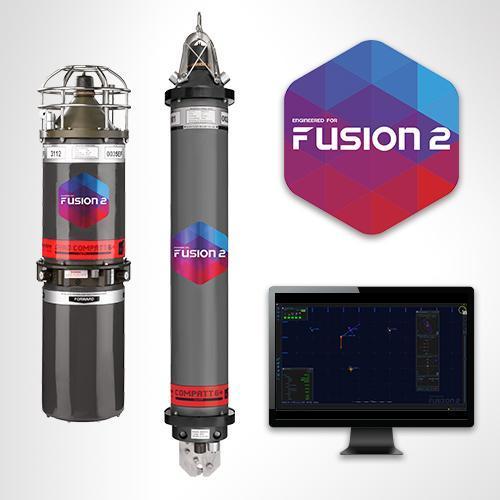
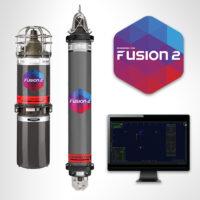
Sonardyne Fusion 2: LBL and INS Software
With Fusion 2, gone is the need to operate two independent software and hardware systems to control your 6G LBL and SPRINT INS. Fusion 2 does it all in a single interface, designed from the ground up with intuitive workflows so there’s less to learn. It also means reduced set-up time, reduced interfacing and reduced onboard hardware.
For the first time Fusion 2 enables seabed transponders to be SLAM calibrated in real-time for easier and faster Sparse LBL operations. The UI can be customised using docks, and includes light and dark themes. And by embedding sensor data with high update navigation ranging data, there’s no more interruptions to positioning updates at critical moments.
With Fusion 2, you’ll begin to see the benefits even before your project teams head offshore. Acoustic and INS projects can be configured and checked in the office prior to vessel mobilisation – saving you time, streamlining procedures and helping you to further de-risk operations.
For those who want to tailor their operations, you can quickly do multiple computations, compare different set-ups, and pick the one you want. Sparse LBL might suit one operation more than LBL and vice versa. Now it’s easy to check, on-site, which works best for you.
To further increase operational efficiency, we have developed a new digital signal processing protocol, Wideband 3, that you’ll find inside the latest evolution of our trusted 6G platforms, Compatt 6+ and ROVNav 6+. The good news is that this functionality is available to existing Compatt 6 and ROVNav 6 users, with a firmware upgrade.
Wideband 3 delivers a major step-up in your positioning update rates; 1Hz LBL tracking of structures as they are lowered and moved in the water column.
Wideband 3 allows you to get sensor data at the same time as navigation ranging data, which means operators can get real-time positions and sensor data. By combining ranging and telemetry data, Wideband 3 will accelerate update rates by a factor of 10, eliminating issues operators face with latency.
Fusion 2 also supports use of our SPRINT 300 for LBL INS, giving you lower start-up costs for practical, reliable LBL INS.
Features
Removes the complex interfacing currently required for LBL and INS operations
Real-time SLAM calibration capability for Sparse LBL operations
Fusion 2 software is simpler and more intuitive
Less vessel hardware and less interfaces
Intuitive and customisable user interface; less training needed
Specifications
Optimised for 6G+ and Wideband 3
Combined acoustic LBL and INS navigation
Intelligent troubleshooting inbuilt
Reduced hardware requirements
Applications
Subsea structure installation
Metrology
Pipeline and spool piece monitoring
Pipeline positioning
Seabed deformation monitoring
R&D, foundations and moorings
Site survey and characterisation
Uncrewed Surface Vehicles
Remotely Operated Vehicles
Tracking and communications
-
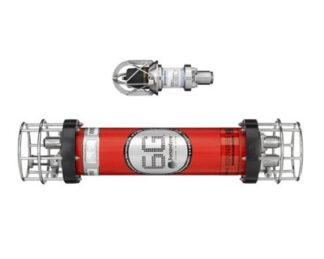
Sonardyne ROVNav 6: LBL Transceiver and USBL Responder
Survey Equipment -
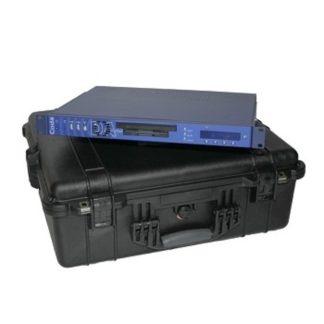
CodaOctopus DAseries™: Acquisition System
Survey Equipment -
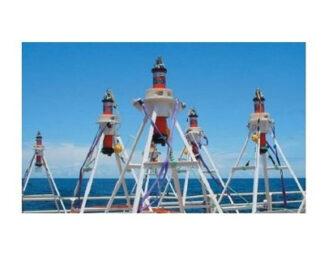
Sonardyne Compatt 6G®
Survey Equipment -
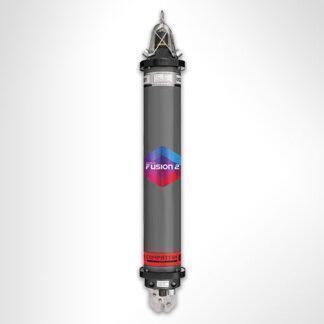
Sonardyne Compatt 6+: USBL/LBL Transponder and Modem
Survey Equipment -

Sonardyne Fusion 6G®: LBL Acoustic Positioning System
Survey Equipment -
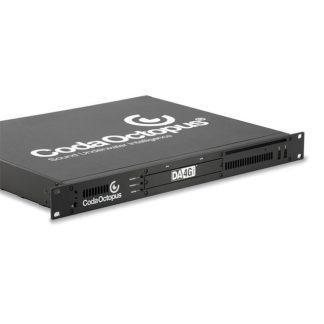
CodaOctopus DA4G™: Acquisition System
Survey Equipment -
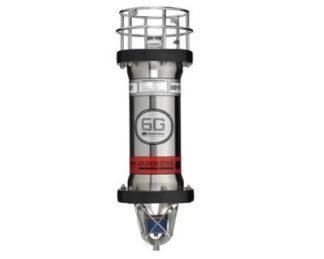
Sonardyne Dunker 6: LBL and Telemetry Transceiver
Survey Equipment -
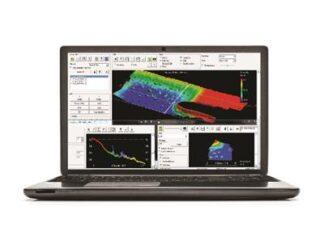
HYPACK HYSWEEP®: Data Collection and Processing Software for Multibeam Sonar and Lidar Systems
Survey Equipment
